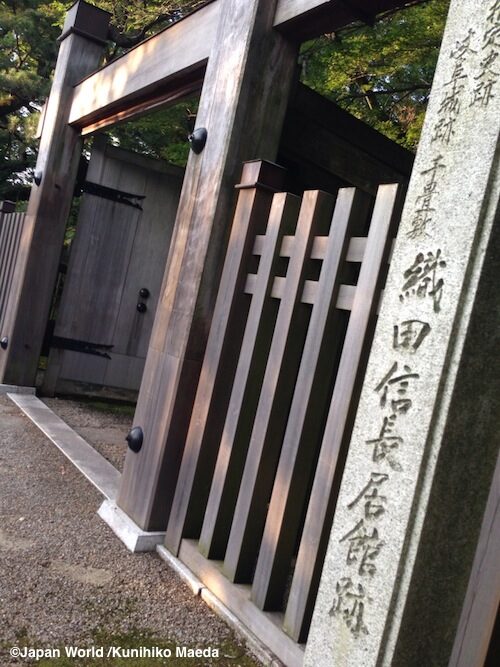If the sport of Kings is horse racing, then the sport of the Daimyo was UKAI.
Mentioned in Japan’s legendary Kojiki and the Chronicles of Japan, the traditional art of Ukai, or cormorant fishing, has been practiced on the rivers of Japan for over 1,300 years.
Today the practice can only be seen in only 13 places across the nation, including Kyoto, Ehime, Oita and Fukuoka. The more famous are on the Kiso River, just upstream from the National Treasure, Inuyama Castle in Aichi Prefecture, below the gaze of Gifu castle on the Nagara River, and at Seki, also in Gifu Prefecture.
Watching Ukai was a popular pastime amongst feudal lords and the rich from the 8th to the 19th Centuries. The practice also gained special support from the Emperor.
The technique was patronized and protected by the great unifier Lord Oda Nobunaga and later, the Shogun, Tokugawa Ieyasu, who had the fish brought specially to his castle in Edo. Besides Nobunaga and Ieyasu, the wandering poet Matsuo Basho, and even
British comedian, and film star Charlie Chaplin enjoyed watching Ukai fishing.
Traditional jobs require traditional outfits

Ukai is performed at night from 13 meter long flat bottomed wooden boats called “Ubune” with fires burning at their bow. Two crew man the rudder, navigate the shallower waters and collect the fish, while the leader handles the cormorants.
The lead fisherman, or Usho, is a hereditary position and in the case of Usho from Gifu and Seki, come under the employ of the Emperor and the control of the Imperial Household Agency.
Dressed in the traditional garb of their ancestors, a water-repelling straw skirt over a dark cotton kimono and pixie like Eboshi cloth cap, the Usho handles five to twelve cormorants tethered at the neck with straw ropes.
Despite claims of animal cruelty, the Usho treat the birds as one of the family. Often the birds live with the traditional fishermen in their houses! The life span of a wild cormorant is said to be about five years, while the well-cared for Ukai cormorants have a lifespan of 15 to 20 years.
The cormorants used an average of 80 to 90 cm in length. They are intelligent birds, easy to train over two to three years, and highly adaptable.
Enjoying Ukai
To appreciate Ukai like the warriorsNobunaga or Ieyasu, we suggest taking an Ukai tour below Inuyama Castle in Aichi Prefecture, or on Gifu’s Nagaragawa under the gaze of well-lit Gifu Castle high on Mt Kinka.
Enjoying Ukai is easy, Just before the sun sets, patrons are welcomed aboard slightly larger viewing boats. The cool breeze coming off the river takes their mind off the Japanese summer heat and allows them to enjoy the scenery.
Depending on your tour, drinks, even dinner may be served. An hour after dark, the Ukai boats take to the waters with their fire lit beacons
dangling from a metal hook on the bow.

The fires burning bright in the steel mesh baskets suspended over the water from the front of the boats attract the Ayu sweetfish, which are caught by the diving cormorants. Before the birds can swallow the fish, however, metal rings around the birds’ necks prevent the larger fish from being devoured, and they are pulled to the surface and the fish disgorged into the boat.

Ukai remains a popular preserved tradition. The Ukai fishing season operates during the warmer months from late May to mid October, except for nights of full moon and when the river rises above a certain height.
Guided boat tours are available for as little as 3,000 Yen, ranging up to 50,000 Yen plus, for more extravagant affairs such as private boats complete with box dinners, geisha or maiko and entertainments.
Either way, reservations are required. Variety. Elegant River, and some fun, such as historical picture scrolls, while summer nights Escape the heat of the Japanese summer and enjoy a night on the river watching one of the oldest and most traditional of Japanese events, Ukai, cormorant fishing, the summer sport of the Lords of Japan.



